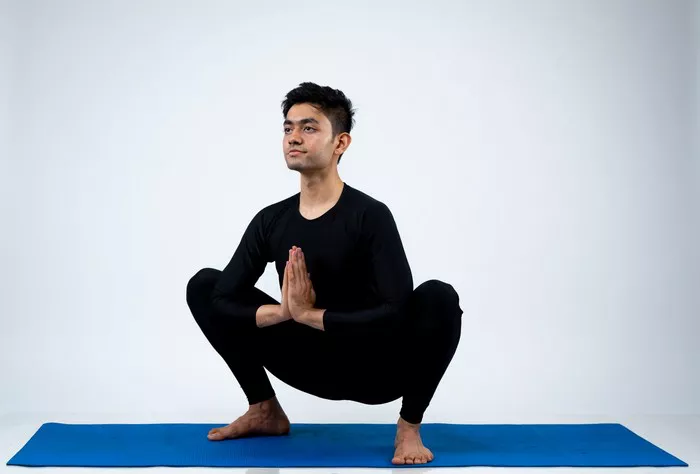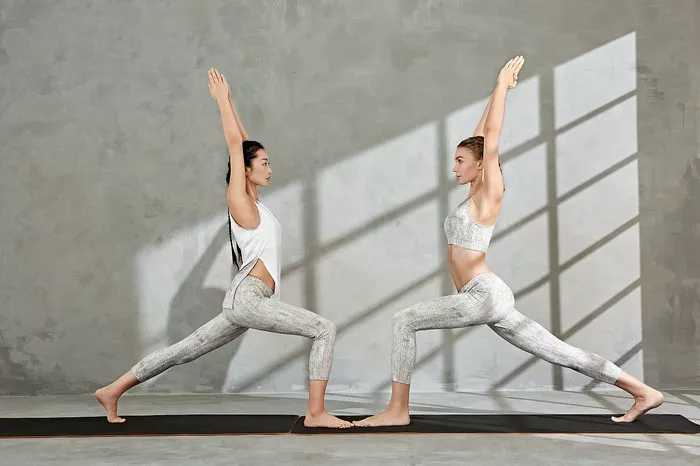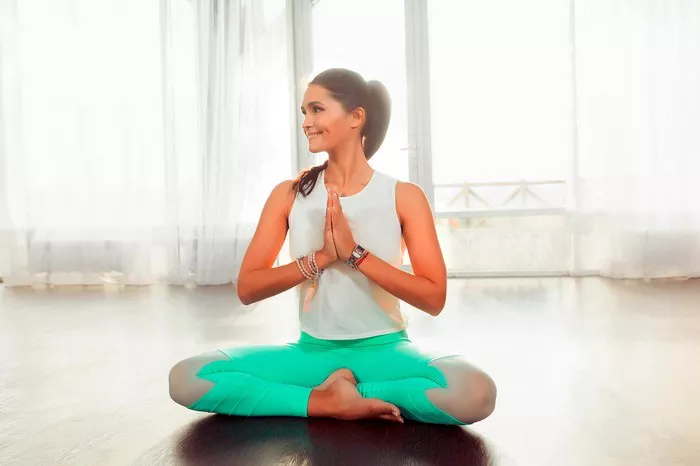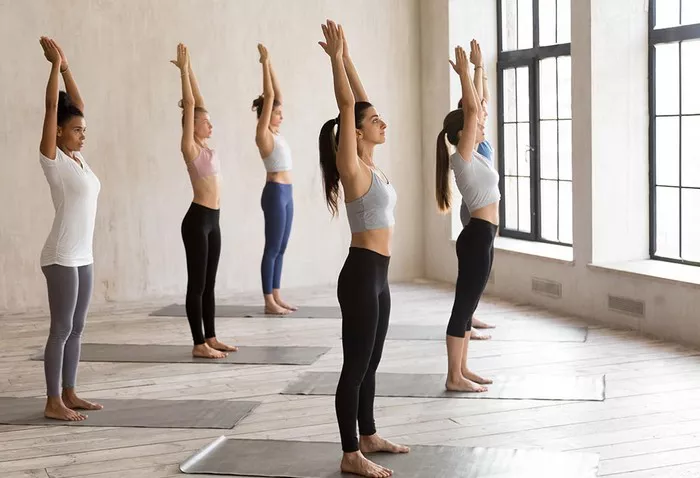Yoga has long been celebrated for its ability to promote physical, mental, and spiritual well-being. Among the myriad of poses that populate the vast landscape of yoga, Malasana stands out as a powerful posture with a rich history and numerous benefits. In this comprehensive guide, we delve deep into the intricacies of Malasana, exploring its origins, techniques, variations, and the transformative effects it can have on the practitioner.
Understanding Malasana: Origins and Meaning
Malasana, also known as Garland Pose or Squat Pose, has its roots deeply embedded in traditional Hatha yoga practices. The term “Malasana” is derived from two Sanskrit words: “Mala,” meaning garland, and “Asana,” meaning pose or posture. This pose is often depicted in ancient Indian scriptures and artwork, symbolizing humility, openness, and groundedness.
Historically, Malasana was practiced by yogis and ascetics to aid in digestion, improve pelvic flexibility, and promote overall vitality. It was believed that assuming the squatting position helped to align the chakras and stimulate the flow of prana, or life force energy, throughout the body.
The Mechanics of Malasana: Technique and Alignment
To perform Malasana, begin by standing with your feet slightly wider than hip-width apart. Slowly lower your body into a deep squat, keeping your heels grounded and your toes pointing slightly outward. Bring your palms together at your heart center, using your elbows to press gently against your inner thighs. Lengthen your spine, keeping your chest lifted and your shoulders relaxed away from your ears. Engage your core muscles to support your lower back, and breathe deeply into the pose, allowing your hips to open and your pelvis to sink toward the ground.
Proper alignment is crucial in Malasana to avoid strain or injury. Ensure that your knees are aligned with your ankles, and avoid letting them collapse inward. If you have difficulty keeping your heels grounded, you can place a folded blanket or yoga block beneath them for support. Focus on maintaining a strong connection between your sit bones and the earth, while simultaneously lifting through the crown of your head to elongate the spine.
Exploring the Benefits of Malasana: Physical and Energetic
Malasana offers a multitude of benefits for both the body and the mind. Physically, this pose helps to stretch and strengthen the muscles of the lower body, including the hips, groin, thighs, and calves. It can improve flexibility in the hip joints and increase mobility in the pelvis, making it particularly beneficial for individuals who spend long periods sitting or sedentary.
Energetically, Malasana stimulates the Svadhisthana, or sacral chakra, which is associated with creativity, sensuality, and emotional balance. By opening the hips and pelvis, this pose can release stagnant energy and emotions stored in the lower body, promoting a sense of fluidity and vitality throughout the entire being.
Variations and Modifications: Adapting Malasana for Every Body
While Malasana is a potent posture in its traditional form, there are numerous variations and modifications that can be employed to accommodate different body types and levels of flexibility.
1. Supported Malasana: For individuals with limited mobility or tightness in the hips, practicing Malasana with the support of props can be beneficial. Place a bolster or folded blanket beneath your sit bones to elevate your hips and provide additional support. This variation allows you to relax more deeply into the pose while still reaping its benefits.
2. Extended Arm Variation: To intensify the stretch in the shoulders and upper back, try extending your arms forward and interlacing your fingers. Press your palms away from you as you lengthen through the spine, creating space between the shoulder blades and opening the chest.
3. Dynamic Flow: Incorporating dynamic movement into Malasana can increase its cardiovascular benefits and promote greater flexibility. From the squatting position, inhale as you extend your arms overhead, then exhale as you fold forward, bringing your hands to the mat. Inhale to lift back up into Malasana, and repeat this flowing sequence several times, synchronizing breath with movement.
4. Wall Support: If you struggle to maintain balance or stability in Malasana, practicing with the support of a wall can be helpful. Stand with your back against the wall and lower into the squatting position, allowing the wall to provide support for your spine. Focus on pressing your hips back and down while keeping your chest lifted and your shoulders relaxed.
Incorporating Malasana Into Your Yoga Practice
Malasana can be incorporated into a yoga practice in various ways, depending on your intentions and objectives. It can be practiced as a standalone pose or integrated into a sequence of postures to create a balanced and cohesive practice. Below are some suggestions for incorporating Malasana into your yoga routine:
1. Warm-Up: Begin your practice with a few rounds of Sun Salutations or gentle stretching to prepare the body for deeper poses like Malasana. Focus on warming up the hips, thighs, and groin to facilitate ease of movement and prevent injury.
2. Peak Pose: Make Malasana the focal point of your practice by building a sequence around it. Include poses that complement and prepare the body for Malasana, such as hip openers, forward folds, and gentle twists. Encourage students to explore the subtleties of the pose and cultivate mindfulness in their practice.
3. Cool Down: Wind down your practice with seated postures and gentle stretches to release tension in the hips and lower back. Incorporate relaxation techniques such as deep breathing or guided meditation to promote a sense of calm and groundedness.
Conclusion
Malasana is much more than just a physical posture—it is a powerful tool for transformation and self-discovery. By practicing Malasana with intention and mindfulness, we can unlock the inherent wisdom of the pose and cultivate a deeper connection to ourselves and the world around us. Whether you’re a seasoned yogi or a beginner on the path, incorporating Malasana into your practice can bring profound benefits for body, mind, and spirit. So, roll out your mat, sink into the squat, and embrace the journey of self-exploration and growth that Malasana has to offer.

















